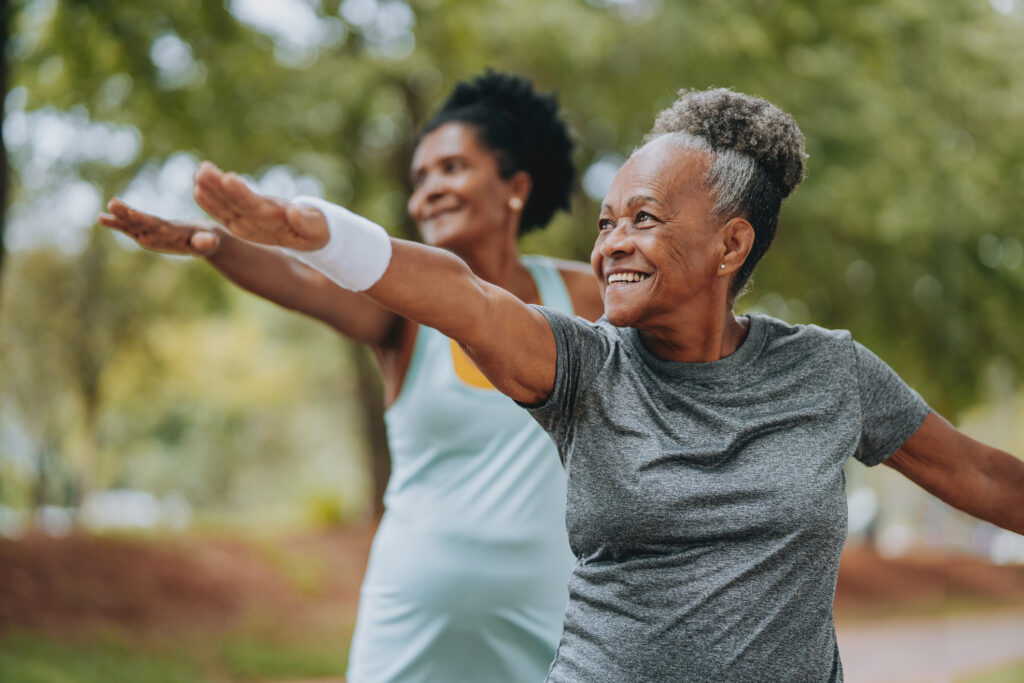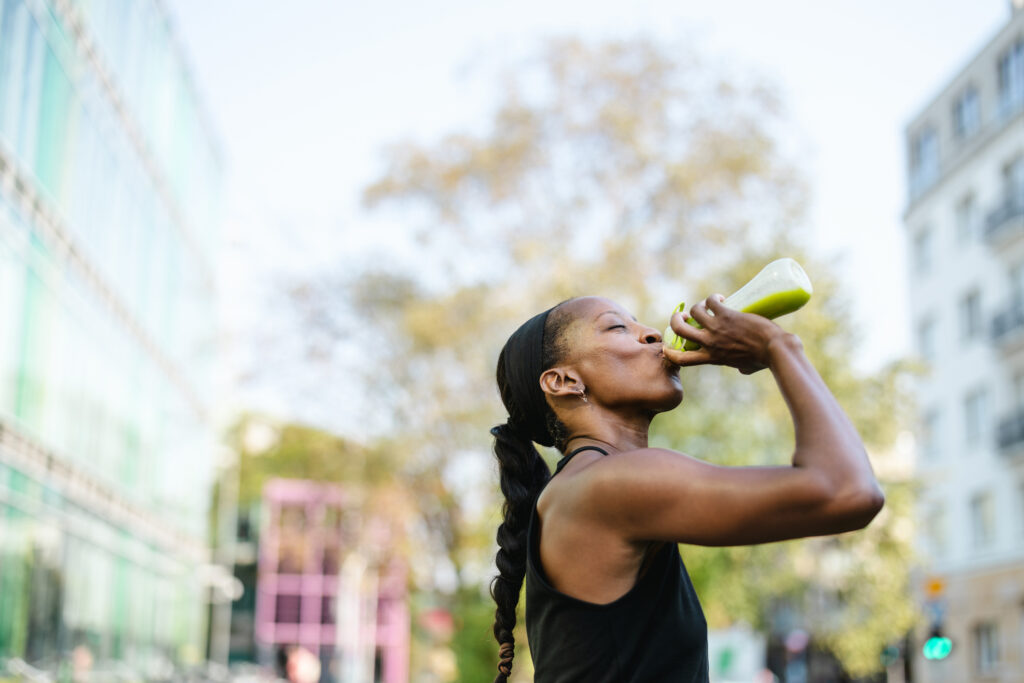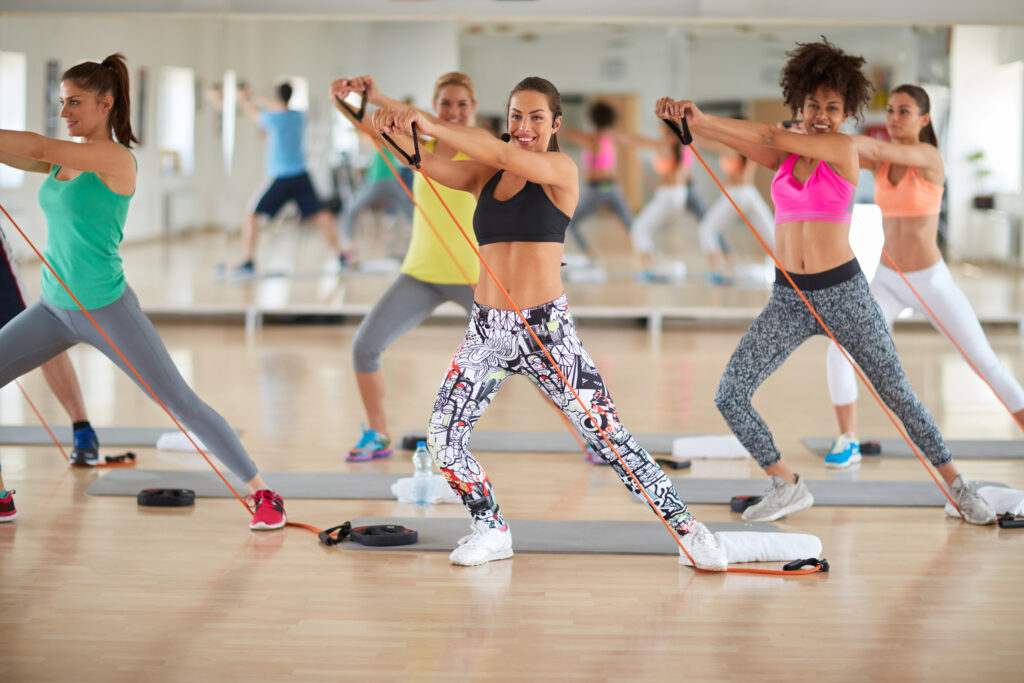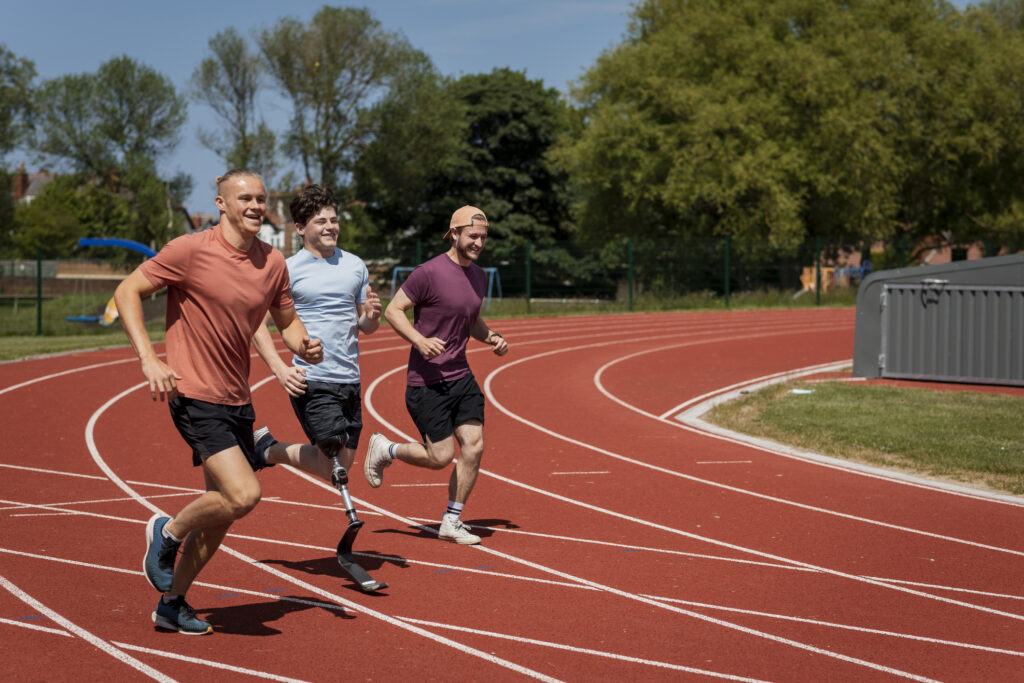Cancer Survivors with Chronic Fatigue Display Rapid Impairments in Muscle Function During Exercise

Cancer-related fatigue (C-rF) is a debilitating symptom that affects around one-third of people for months or years after cancer treatment. While the etiology of C-rF remains uncertain, it has been demonstrated that cancer survivors with C-rF display impaired exercise tolerance compared with those without C-rF, with the degree of exercise intolerance associated with chronic fatigue […]
Cardiac Adaptation to Endurance and Resistance Training

In our Studies of Twin Responses to Understand Exercise THerapy (STRUETH) trial, we recruited monozygotic and dizygotic twin pairs and supervised them through three months of endurance training and three months of resistance exercise training. Each twin pair exercised together, at matched exercise prescriptions, and all subjects undertook both forms of exercise. We measured many […]
Racial, Ethnic, and Nativity-Based Differences in Physical Activity Behaviors

As exercise professionals ranging from clinicians to personal trainers to researchers, we know that most adults in the United States are not getting enough moderate-to-vigorous intensity aerobic physical activity (MVPA). It is important for us to understand who may be at especially high risk of physical inactivity. Prior studies have shown that there may be […]
Q&A with New ACSM President Stacy Fischer

Anastasia “Stacy” Fischer, M.D., FACSM, was installed as president of ACSM during last month’s annual meeting in San Diego. SMB editor Lenny Kaminsky, Ph.D., FACSM, asked Dr. Fischer several questions that may be of interest to ACSM members. We appreciate Dr. Fischer taking the time to provide the following answers. Q: What can you say about ACSM’s annual meeting, the […]
Reconsidering the Importance of Cardiorespiratory Fitness in Early Adulthood

Cardiorespiratory fitness reflects integration of several body systems, including the cardiovascular, respiratory and musculoskeletal systems. It helps optimize heart health and is an important predictor of adverse health outcomes, including premature death, heart attack and heart disease. Indeed, the American Heart Association suggests that cardiorespiratory fitness should be measured as a vital sign during a doctor’s visit. […]
Air Pollution Diminishes the Benefits of Physical Activity for Brain Health

Physical activity is recognized as one of the key healthy lifestyle behaviors that reduces the risk of developing dementia late in life. Physical activity requires increased rates of respiration. Thus, in areas with high levels of air pollution, physical activity may increase exposure to particulate matter and gases that are linked with higher risk of […]
Sedentary Behavior and Physical Activity Are Associated with Cardiac Fat

Obesity is a primary etiology of many adverse health outcomes. The body has two primary types of fat tissue: subcutaneous fat and visceral fat. Subcutaneous fat is the adipose tissue that lies below the surface of the skin, whereas visceral fat is the adipose tissue that lines the internal organs. Visceral fat, compared to subcutaneous […]
Learning from Experience: Growth Potential of Exercise from Free-Living Protein Synthesis in Men and Women

Skeletal muscle is the engine that drives human health and performance and is influenced by modifiable healthy lifestyle behaviors (i.e., nutrition and exercise) and non-modifiable factors (i.e., sex and age). It is well-established that resistance exercise stimulates the synthesis of skeletal muscle protein (especially the force-generating myofibrillar fraction) for up to 48 hours. This ultimately […]
Sprint Interval Training and Its Effects on Central Hemodynamical Factors

In the last decade, various forms of interval training have gained popularity. In fact, high-intensity interval training has been in the top five in ACSM’s Annual Worldwide Survey of Fitness Trends since 2014. Sprint interval training has also gained popularity in recent years. These two forms of interval training are used in many different populations, including patients […]
The Heritage Family Study: Honoring the Past and Looking Forward

In 2022 we celebrate the 25th anniversary of the HERITAGE (HEalth, RIsk factors, exercise Training And GEnetics) Family Study. The May issue of Medicine & Science in Sports & Exercise® (MSSE) highlights a multitude of the more than 200 publications and other dissemination products from data generated from this groundbreaking and important research program. The HERITAGE study described the role of […]
